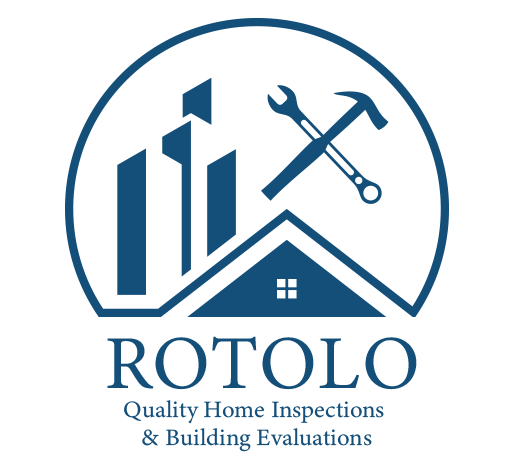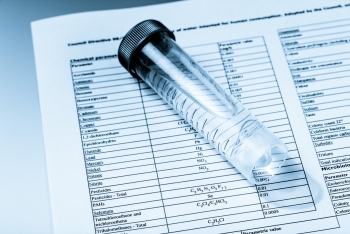Radon & Water Testing
We provide Radon in air testing and Water Quality testing and provide in-depth reports
Testing Options
- Air Radon - To satisfy EPA requirements for air quality
- Basic Water Testing - To satisfy requirements for Massachusetts minimum standards for potable water, our testing includes Fecal/Ecoli and Coliform results
- Comprehensive Water Panel - For a more complete analysis of water conditions we offer a test that includes all of the following. - comprehensive test list.
Contact us now for a
Free Consultation or to Schedule an Inspection
What Radon is and why you should check for it.
Radon is a naturally-occurring radioactive gas that can cause cancer of the lungs. It is inert, odorless, and colorless. Naturally occurring in the atmosphere in trace amounts, outdoors radon disperses rapidly and generally is not a health issue. Most radon exposure that occurs inside homes, schools and workplaces is harmful and you should be aware of its presence.
Breathing radon over time increases your risk of lung cancer. Radon is the second leading cause of lung cancer in the United States. Nationally, the EPA estimates that about 21,000 people die each year from radon-related lung cancer. Only smoking causes more lung cancer deaths.
You can take steps to reduce and control the amount of radon in your home. Testing is the only way to determine radon levels. Have your home tested, either by a professional or with a do-it-yourself home test kit. If radon levels are high, contact a certified radon service professional to fix your home. EPA guidance suggests mitigating if levels are at or above 148 Becquerels/meter3 (4 picocuries/liter). Usually, radon problems are fixed using an underground ventilation system or by increasing the rate of air changes in the building.
For more information about indoor air quality and the health risk of radon, visit the EPA website.
Why water testing is important.
[excerpt from the CDC website]
The United States has one of the safest water supplies in the world. Over 90 percent of Americans get their tap water from community water systems, which are subject to safe drinking water standards.
Drinking water quality varies from place to place, depending on the condition of the source water from which it is drawn and the treatment it receives, but it must meet U.S. Environmental Protection Agency (EPA) regulations. Community water systems follow the rules set forth by the Safe Drinking Water Act (SDWA). Many states enforce their own drinking water standards that are at least as protective as EPA’s national standards. The SDWA rules include guidelines for drinking water quality, water testing schedules, and water testing methods.
Even though U.S. tap water supplies are considered to be among the safest in the world, water contamination can still occur. There are many possible sources of contamination, including:
- Sewage releases
- Naturally occurring chemicals and minerals (for example, arsenic, radon, uranium)
- Local land use practices (for example, fertilizers, pesticides, livestock, concentrated feeding operations)
- Manufacturing processes (for example, heavy metals, cyanide)
- Malfunctioning on-site wastewater treatment systems (for example, septic systems)
In addition, drinking water that is not properly treated or that travels through an improperly maintained distribution system (pipes) may also create conditions that increase risk of contamination.
Private wells, which are not regulated by the EPA, supply drinking water to over 15 million homes. Well owners are responsible for keeping their water clean and safe. Visit CDC’s Private Wells page for more information on water quality of private ground water wells.
When water system officials find an issue with the drinking water supply (for example, that it has become contaminated), a water advisory may be issued to help protect the public’s health.
The presence of certain contaminants in our water can lead to health issues, including gastrointestinal illness, reproductive problems, and neurological disorders. Infants, young children, pregnant women, the elderly, and people with weakened immune systems may be especially at risk for illness.
Water Testing
The EPA sets standards and regulations for the presence and levels of over 90 contaminants in public drinking water, including E.coli, Salmonella, Cryptosporidium, metals such as lead, and disinfection byproducts.
Contact us now for a
Free Consultation or to Schedule an Inspection

